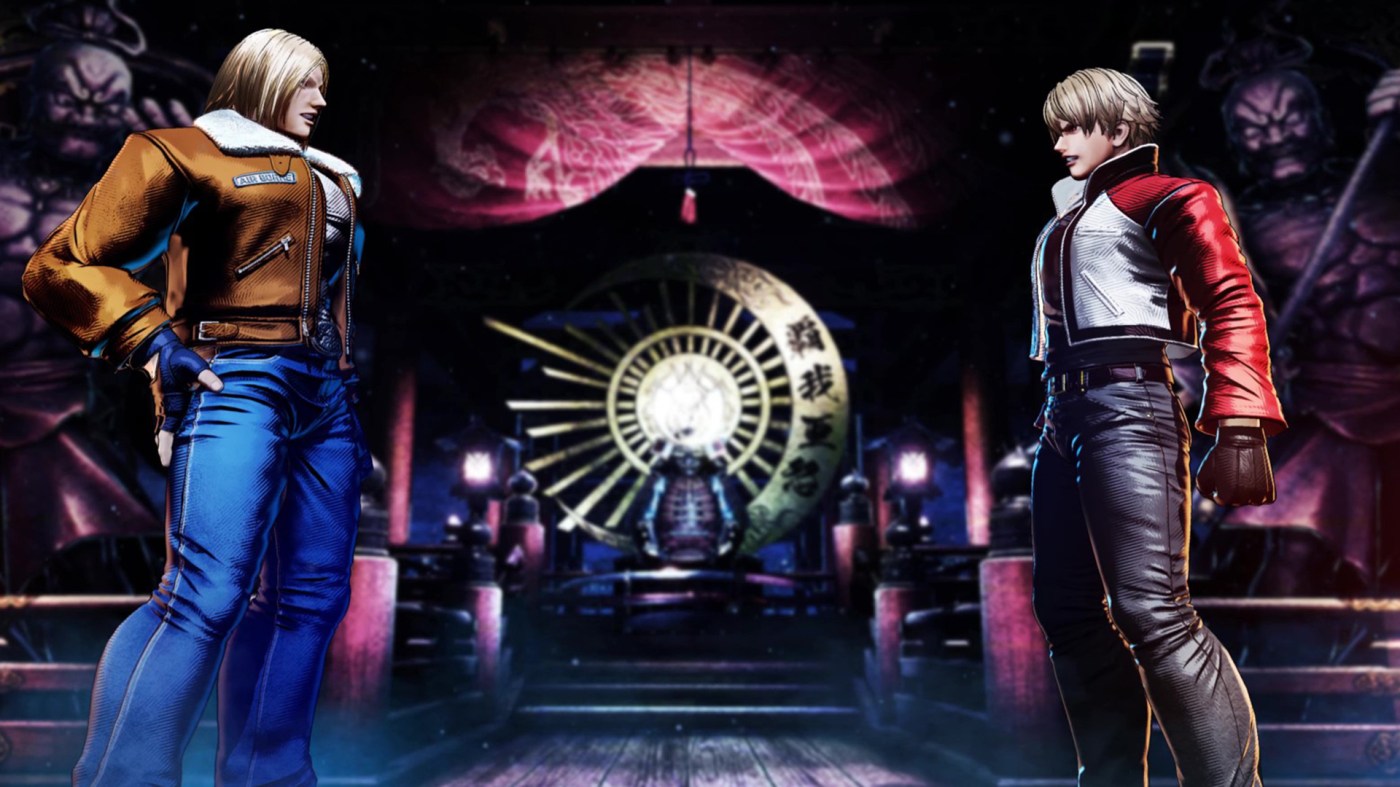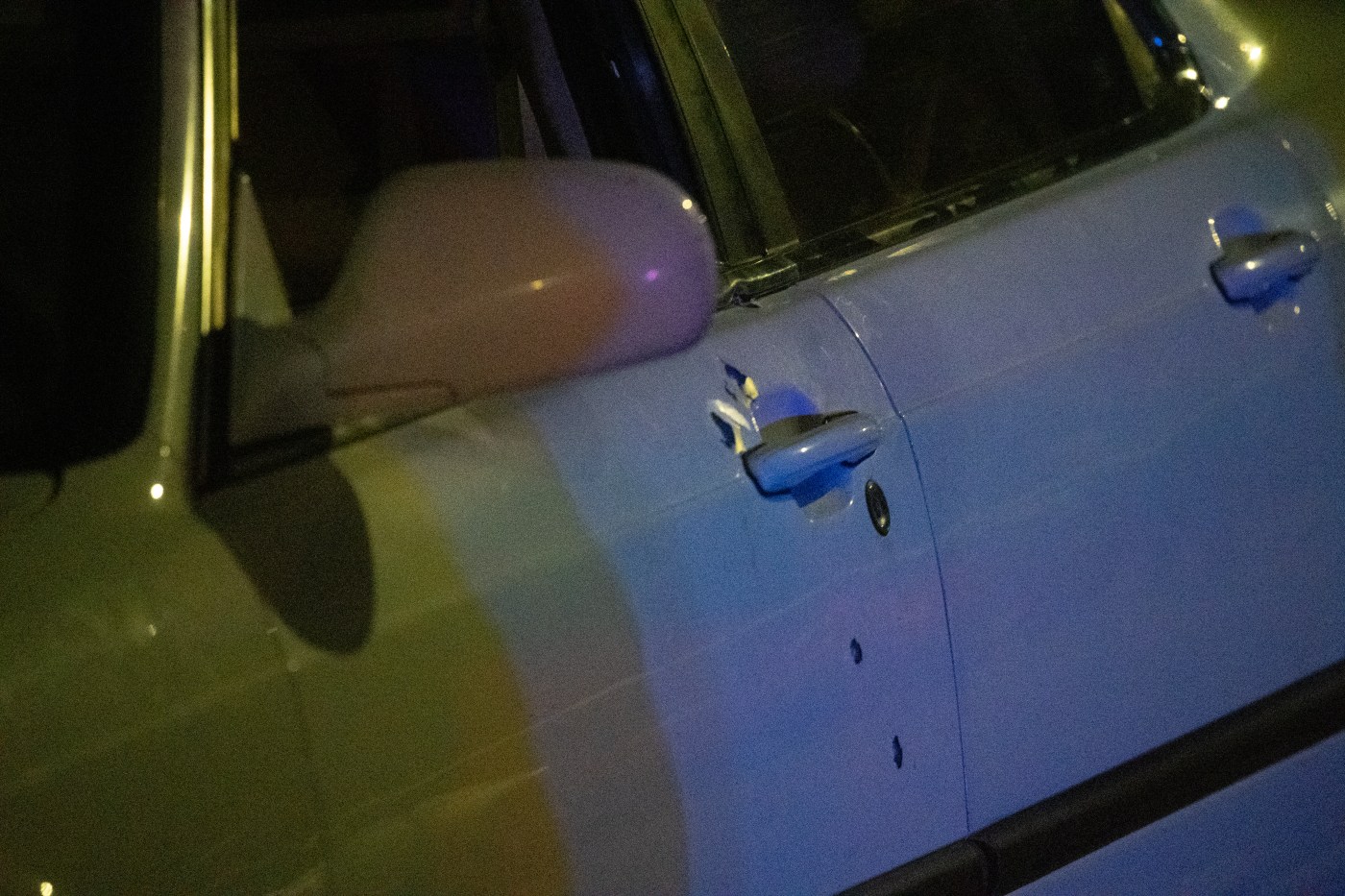“Fatal Fury” has always felt like the Pepsi to the Coca-Cola of “Street Fighter.” SNK’s fighting game series emerged around the same time as Capcom’s iconic franchise but never rose to its iconic heights. At 1990s arcades, when fans huddled around cabinets featuring Ryu and company, the ones showing Terry Bogard were usually open.
That isn’t to say “Fatal Fury” was a bad series, but it was never as popular despite having a more compelling story and experimental gameplay mechanics such as the two-plane battle system. The SNK franchise has been dormant, but the publisher resurrected it after 25 years. (Terry Bogard and other characters have been mainstays in “King of Fighters” though.)
MELDING THE NEW AND OLD
The new entry, “Fatal Fury: City of the Wolves,” focuses on a new generation of fighters in the series while maintaining ties to the old guard. Series protagonist, Terry Bogard, remains at the forefront along with mainstays Mai Shiranui and Billy Kane come along for the ride. Another part of the roster focuses on Rock Howard, who represents the future of the series, along with other characters who debuted in “Fatal Fury: Mark of the Wolves.”
The final part of the roster revolves around celebrity and crossover fighters. They include Ronaldo (Yes, the soccer player is in a video game not named “EA Sports FC”) and Salvatore Ganacci, the famed DJ. Like other fighting games, “City of the Wolves” will add more characters after launch, and SNK has several big names, including “Street Fighter” icons Ken Masters and Chun Li.
Rock Howard and Terry Bogard perform moves in “Fatal Fury: City of the Wolves.” (SNK)
DIVING INTO THE FIGHTING SYSTEMS
When it comes to the mechanics, the new “Fatal Fury” again fuses the old and new but it’s unified under what the developer calls the REV system. Similar to what “Street Fighter 6” did, the combat system amalgamates the disparate ideas from previous entries into a cohesive whole. The Tactical Offense Position from “Mark of the Wolves” has morphed into the Selective Potential Gear, or SPG.
Before a match, players can decide which third of the life bar to place the SPG, and when their health reaches that extremity, it opens up a special line of moves. That creates a fascinating level of strategy, signaling an aggressive or defensive approach to a match. The SPG allows players to use a REV Blow, which works similarly to “Street Fighter 6’s” Drive Impact, allowing players to absorb attacks and deal damage. Players also have REV Arts, which are comparable to EX moves in the aforementioned Capcom game.
On the defensive side, SNK added a REV button that acts as a more powerful guard from attacks. It puts more space between the player and attacker while avoiding chip damage. The REV button is also used in Dodge Attacks that can avoid a strike and counter at the same time. Lastly, players have a Just Defense, which is a parry that slightly regains health and boasts other benefits. It seems more forgiving than than comparable moves in other games.
HIGHER LEVEL TECHNIQUES
Players can use most of these REV moves at any time, but the major limiter is a REV meter. If players use REV commands too often, it overheats putting fighters in a weakened state. Their guard can be broken and they won’t have access to the key moves. It’s best for players to judiciously use REV attacks instead of carelessly spamming them.
In addition, players have access to feints and a technique that lets players cancel out of certain moves to extend combos. It normally takes a higher degree of expertise to access these intricate commands, but in “City of the Wolves,” they feel more approachable with more forgiving timing to pull off these often difficult moves.
Related Articles
Roblox daily users jump 26% amid efforts to woo new players
How to visit the Nintendo San Francisco store on its grand opening weekend
‘Ghost of Yotei’ release date and collector’s edition revealed
Review: ‘Rusty Rabbit’ a refreshing but dull take on a ‘Metroid’-style game
Nintendo Switch 2 pre-order details have been updated with a new date
That’s a notable element for this franchise revamp, which does a lot to bring “Fatal Fury” to a new generation of fans while satisfying loyal veterans. SNK didn’t forget where the fighting game came from and even added a two-lane system that’s still gimmicky but has been a staple to the series since the original. In a primitive attempt at a 2.5-D battle arena, the system lets players fight in two different planes of the screen. Unfortunately, the two-lane system is limited to one stage at the moment.
SNK tries to keep up with the rest of the genre by adding a more role-playing game inspired mode called Episodes of South Town Mode. In it, players choose a character and they run through a long story where they level up their fighter and run through their story, adding new skills that gives them an edge in increasingly difficult scenarios.
It’s a welcome addition, but that and the training mode fall short of the high bar set by “Street Fighter 6.” Despite that, “City of the Wolves” has plenty going for it with its strategic fighting game system and great cast of fighters. It feels like an entry that still hasn’t lost ground to its rival yet it also hasn’t closed the distance.
“Capcom Fighting Collection 2” is a compilation of fighting games that captures a genre in transition. (Capcom)
MORE FIGHTING GAME CLASSICS RETURN: The release of “Capcom Fighting Collection 2” is on the horizon, and I had an early chance to check out some of the titles in the compilation. It covers a notable transition in the genre as developers experimented with polygons, trying to figure out how they would transform fighting games.
That gave rise to notable titles such as “Power Stone 2,” which was well ahead of its time with its manic style in a 3-D environment, and “Plasma Sword: Nightmare of Bilstein,” a lesser-known title that let players move forward and back in a stage.
Mixed in with these experimental fighting games are more polished 2-D fighting games that highlight the pinnacle of this sprites-based era. Entries such as “Capcom vs SNK: Millennium Fight 2000 Pro” and “Street Fighter Alpha 3 Upper” show off the beauty and charm that still resonates with fans.
‘Fatal Fury: City of the Wolves’
Three stars
Platform: PlayStation 5, PlayStation 4, Xbox Series X and Series S, PC
Rating: Teen





